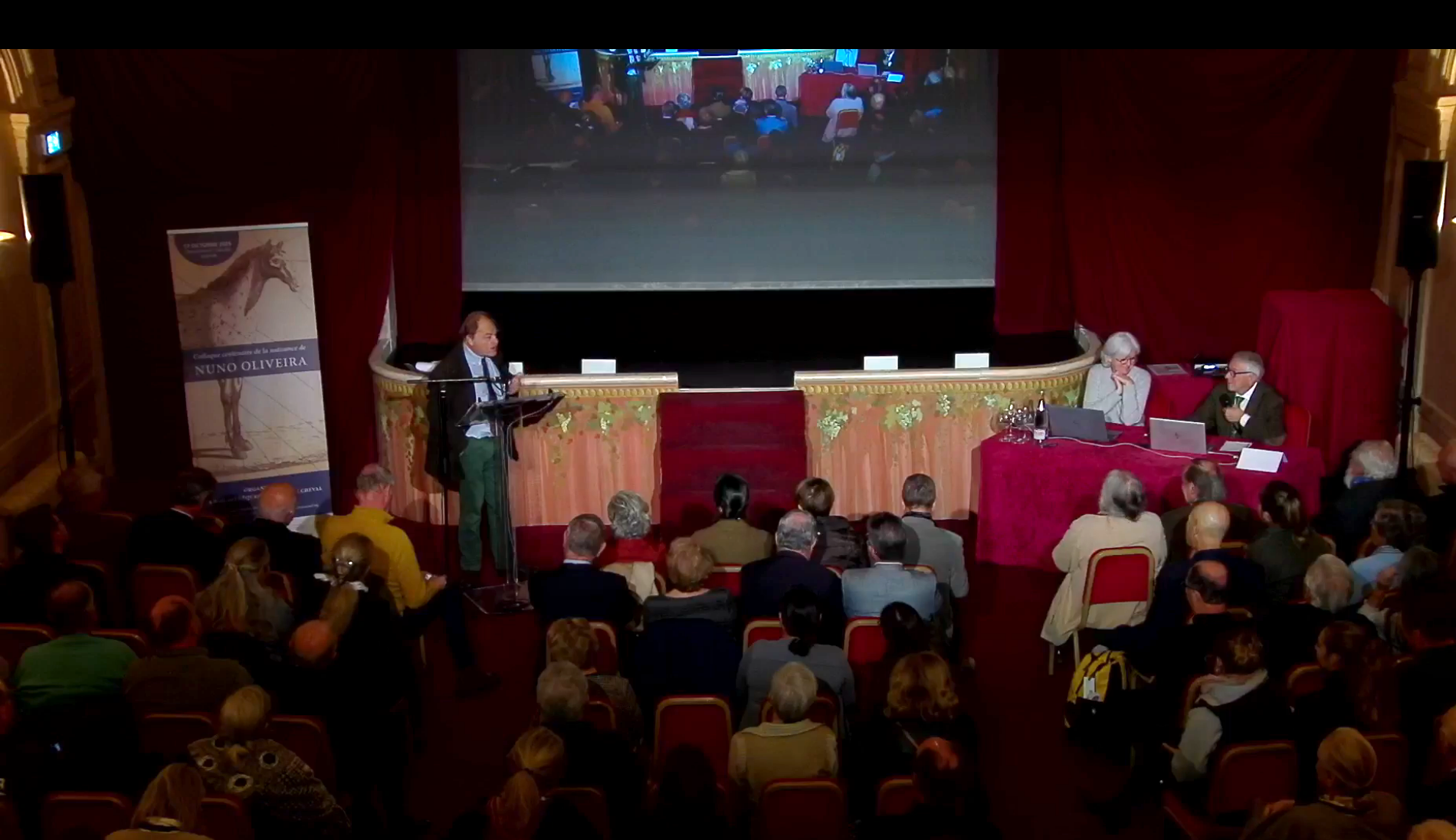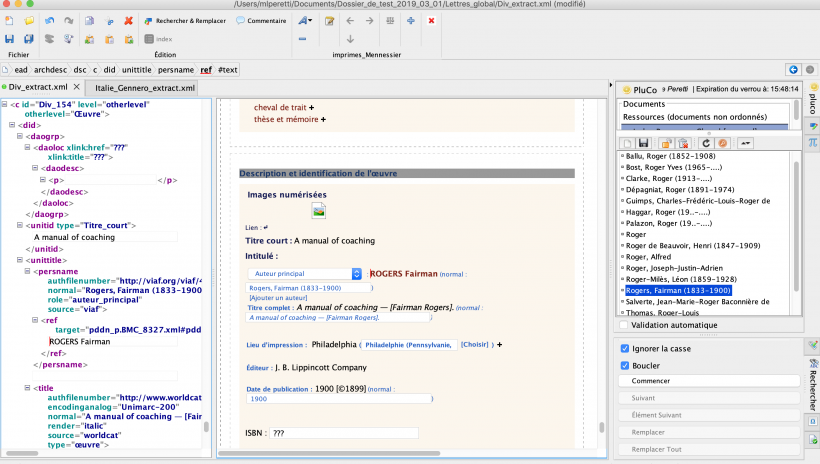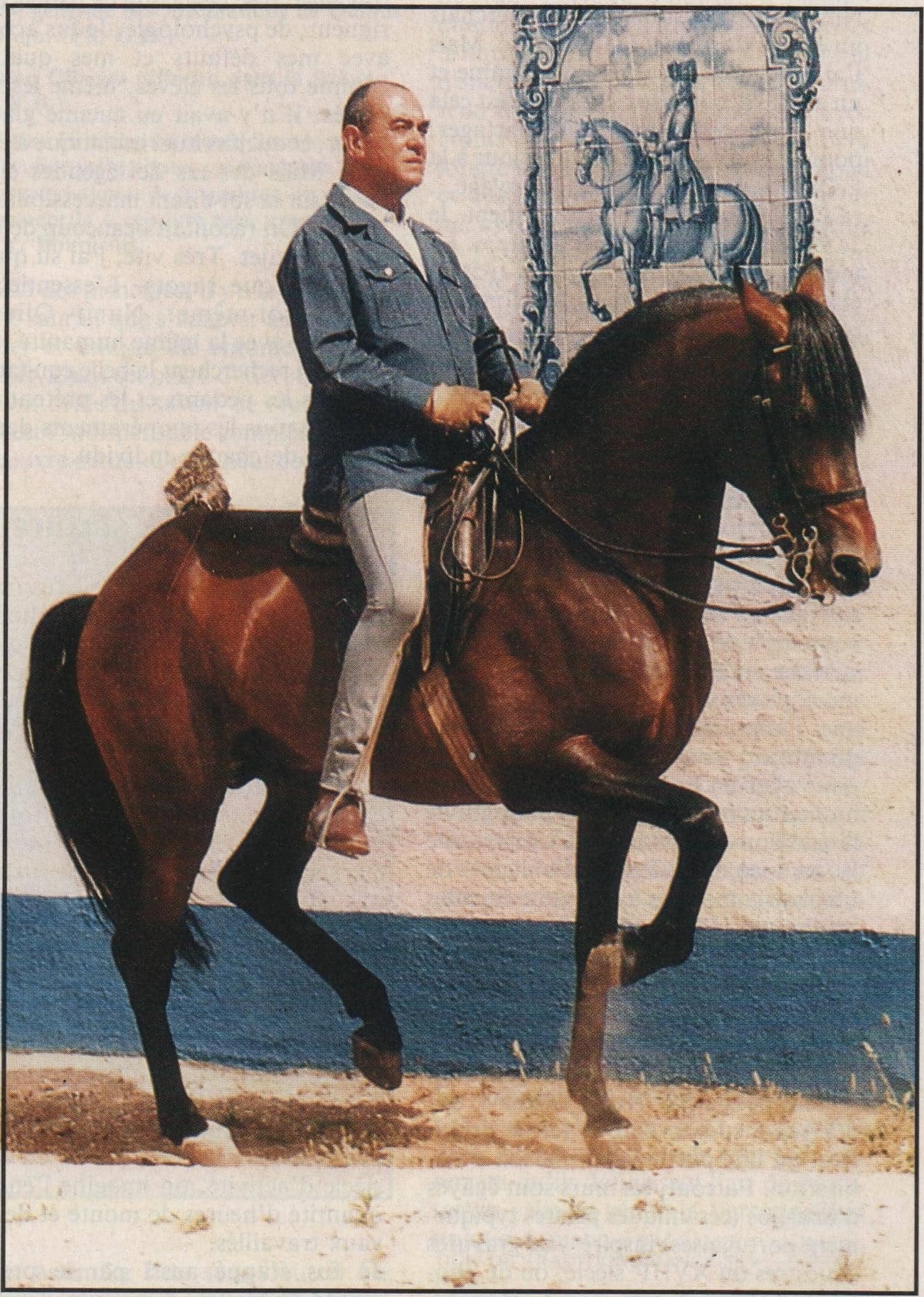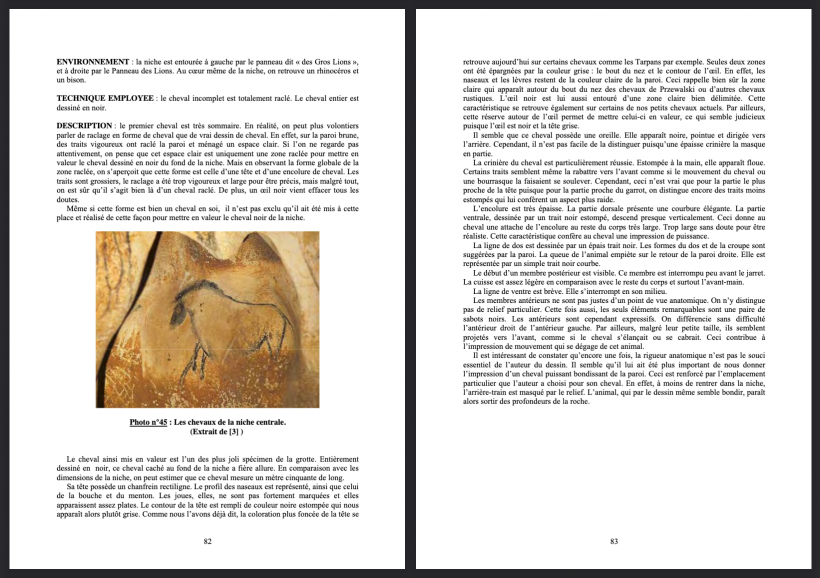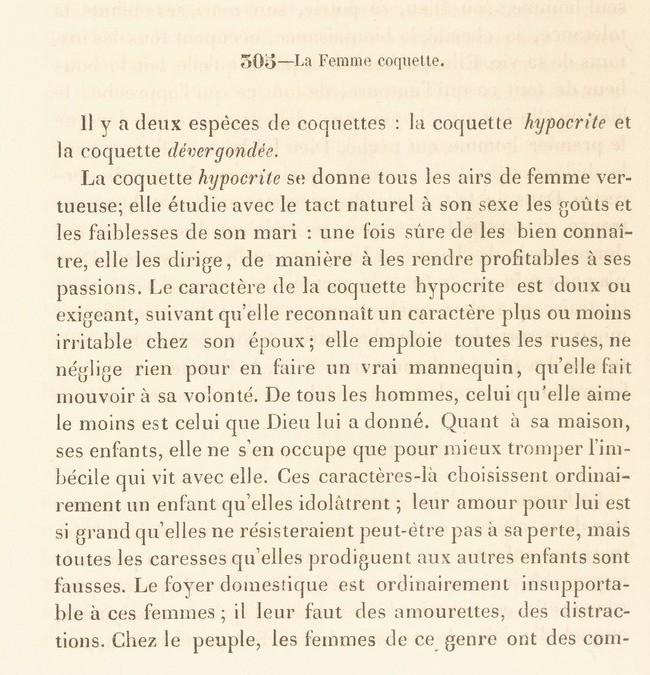
Agricultural science, morals and good manners of the 19th century
In the middle of the 19th century, treatises on agriculture were considered so complete and practical, to the point of adding a sort of agricultural catechism to defend both good agricultural practices and the household virtues that should be associated.
Pierre Antelme, mayor of Saint Cyrien, a small town in the Drôme, wrote a treatise on agriculture in three volumes, published in 1851 in the collection “ Amélioration sociale par le travail, l’économie et la morale” (Social Improvement through Work, Economics and Morals). The first volume is devoted to the benefits of chemistry in the cultivation of the land. The second deals with the breeding of large animals, among which is the horse, obviously, the farmyard, the preservation of food and some formulas of domestic economy. If these pages did not end in a complete chapter on domestic and social morals, they could be taken up today in permaculture and would surely be a best seller. Our brave Pierre Antelme describes different types of character in women, just as he previously detailed different types of horses…In this way he gives excellent advice to distinguish the housewife from the worldly woman, the flirtatious, the carefree or the wicked….
He justifies himself thus: “Perhaps it sounds strange that in a treatise on agriculture we should make such a long dissertation on the character and morality of women. If anyone should object, we would reply, that just as agriculture deals with all the sciences, and all these lend it mutual support, so agricultural science only prospers under the rule of all the virtues: those of women are more necessary and useful to it than we think; for as we have already said, the good housewife, the woman who sets an example of morality, of economy, is the providential source of the peasant household. Moreover, this work is not reserved only for the wife of the settler; the women of the world can profit from it: or do we not perhaps know the weight of the vices and virtues of women in the first education of children?”
Glancing at such works under our contemporary gaze may make us react….
Read more:

